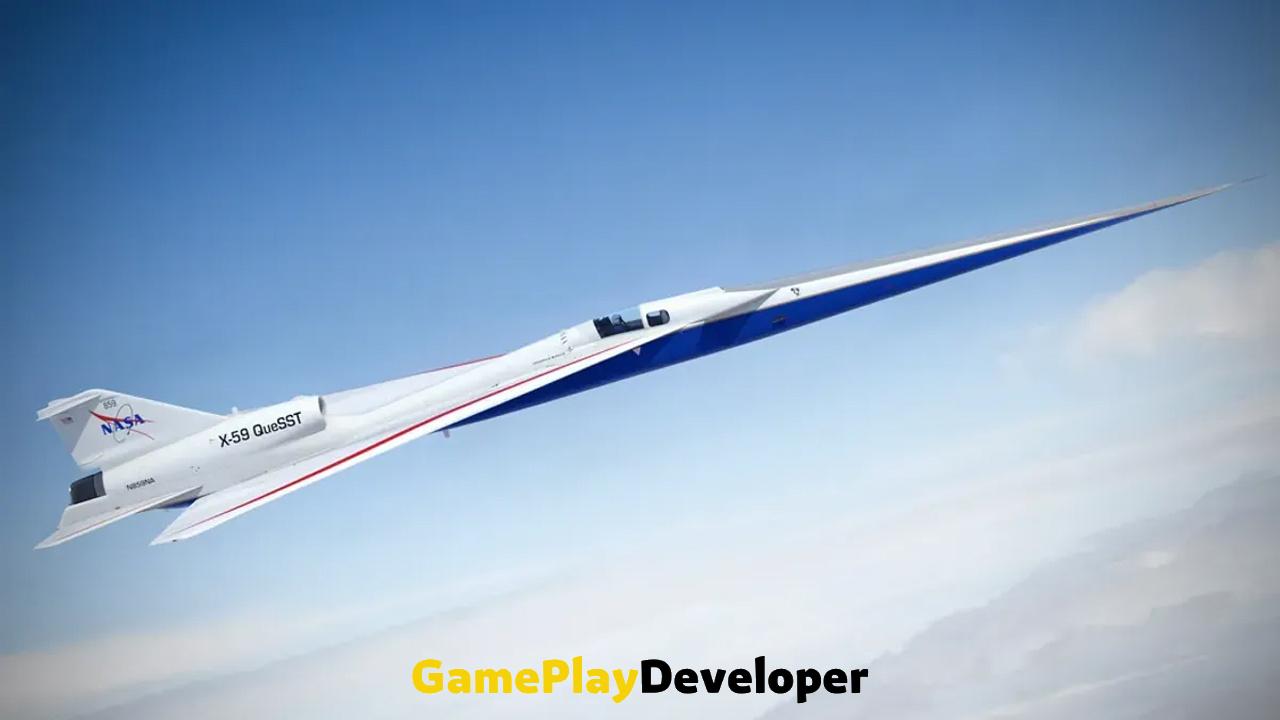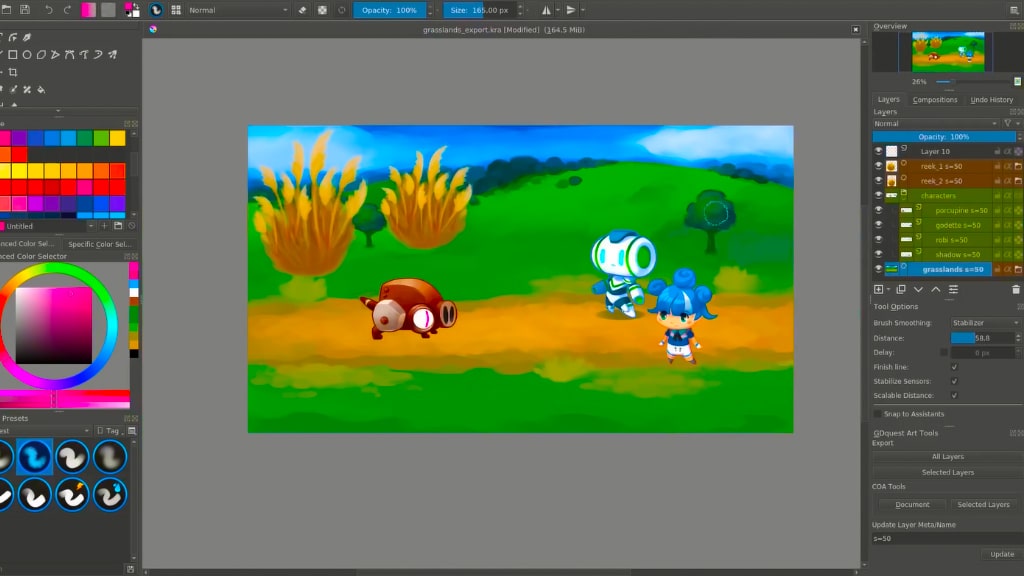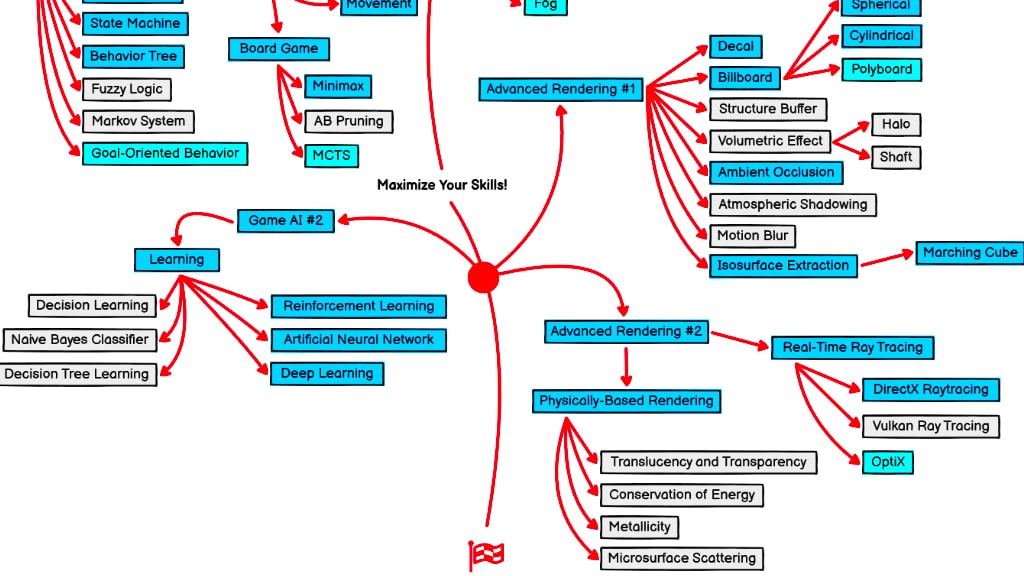Aircraft to launch Concorde phase again: NASA’s X-59 is ready for testing
A Concorde plane made its last landing nearly twenty years ago, and supersonic commercial flights ended with that landing.Probably the biggest …

A Concorde plane made its last landing nearly twenty years ago, and supersonic commercial flights ended with that landing.Probably the biggest drawback that prevents Concorde from pioneering a new generation of aircraft is the result of an aircraft breaking the sound barrier. it was sonic boom . Predictably, there were those who were not happy with the loud explosions that could shatter windows as they passed over residential areas. If supersonic flight was to become viable once again, the sonic boom problem had to be resolved.
NASA’s X-59 experimental aircraft comes into play at this point with its plan to break the sound barrier in a completely new form. This plan includes a “sonic blow”.
Designed to reduce the loud sonic boom to a quieter sonic “pulse,” the X-59 has rekindled dreams of touring the world in a matter of hours, and with an upcoming test, the X-59 may go down in history as a tremendous success.
NASA in 2023 Lockheed will take delivery of the aircraft from Martin and next year will move on to the next phase of the Qusst Mission, where X-59 will travel over residential areas and become supersonic. Residents will then be surveyed about the impact of the aircraft, including how loud and disturbing this “blow” was. If testing confirms the X-59’s quiet and fast characteristics, NASA will make a request to regulators to reconsider the ban on aircraft reaching supersonic speeds on land.
The fortunes of supersonic planes may change
This is where the X-59 will have the advantage of making it into the history books, as current laws only require aircraft to go supersonic above 9,145 metres, or water. This multi-country law is one of the main reasons why planes are currently traveling at a maximum speed of 926 kilometers per hour at all times.
The sonic boom produced when an aircraft crosses the sound barrier is the result of compressed pressure waves in front of and behind the aircraft combined into a single shock wave. These waves move together, not being able to separate from each other anymore due to the speed reached. Many people believe that the sonic boom only occurs when the plane has entered Mach 1 (over 1,235 kilometers per hour, which is the sound speed), but this is not entirely correct. Shock waves are heard by everyone over whom the plane is flying.
The X-59 was an airplane concept that computer models predicted would produce a much quieter sonic boom, and NASA called it ” sonic blow ” he named it. While this is not the design ideal (it would naturally be preferable not to create shock waves), it aims to significantly reduce the noise and potential damage created by a sonic boom, which both Lockheed Martin and NASA hope will allow the ban on supersonic commercial flights over land to be lifted.
Peter Coen, NASA’s Quesst mission integration manager” We’ve been stuck on our planes at roughly Mach .8 for the last 50 years, so getting there much faster – wherever it may be – is still a dream come true. I think we’re ready to break the sound barrier once again as the X-59 flies in on the Quesst mission.“
The aircraft passed valuable tests earlier this year and is now preparing for its first flight in 2023. If no random problems occur, a commercial supersonic flight could become generally available before 2030.







